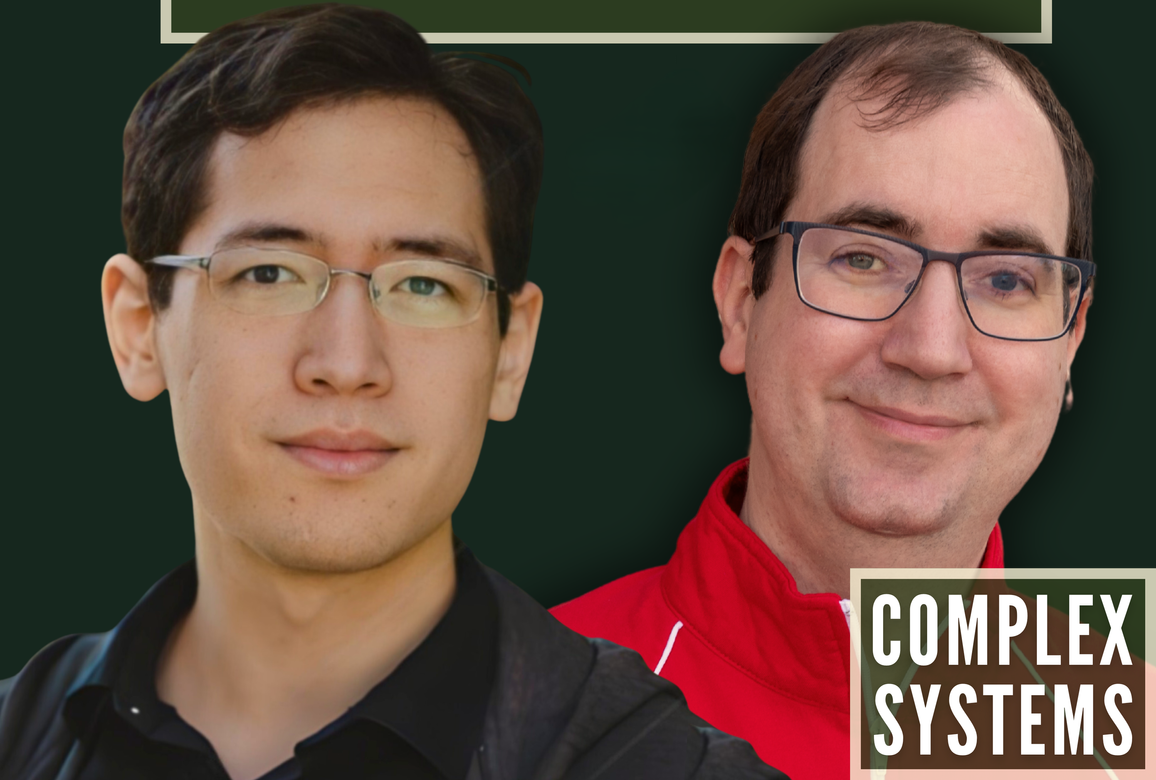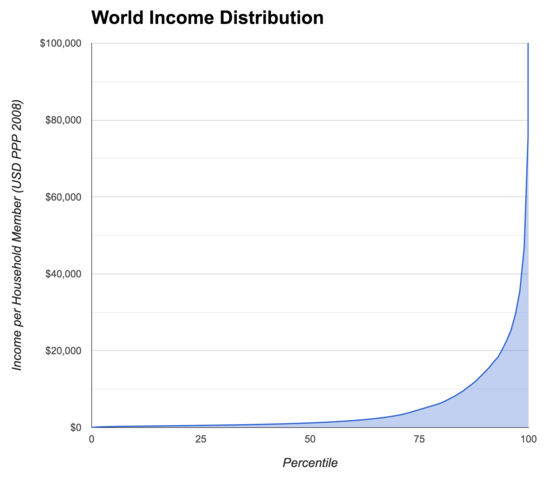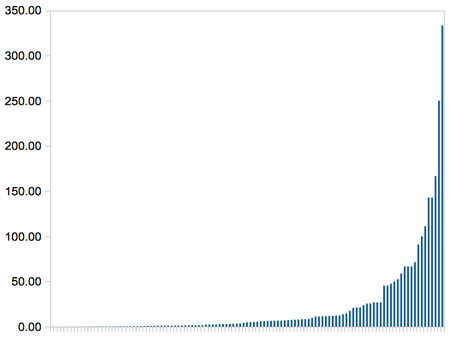On the AAU Survey and the Crimson
I've got an op-ed in the Harvard Crimson today, expressing my concern that an important narrative is missing from the discussions of the AAU sexual assault climate survey. Excerpt:
When male survivors are invisible, they face stigma against seeking help. Though male and female survivors of sexual assault seek out institutional resources at roughly the same (low) rates, male survivors are 60 percent more likely than female survivors to speak to no one—not even a friend—after an assault. (31.2% versus 19.3% for assault by force; 38.1% versus 23.3% for assault by incapacitation.) And so male students make up more than a quarter of silent survivors, in large part because we so rarely acknowledge that they exist at all. (...)
Those numbers, by the way, come from tables 3.1a,c and 3.5a,b in the full report. Below, I've got few thoughts that didn't make it into the published version.
disclosure: I am, at least on paper, still a Crimson editor on the Design Board and Data Science Team. My published-articles count is now...one.
(1)
previously: Sex: Statistics and Student Opinions, on the results of MIT's student survey.
I've heard (and more or less believed) "one in three women" for longer than I can remember. And so the fact that the report basically confirms that number doesn't mean all that much to me. I suppose if you doubted that number but believe it now, then the report is big news, but otherwise, this isn't a new crisis because we already knew that it was a crisis, and hopefully, were already acting accordingly. Waiting until the evidence is undeniable before updating





